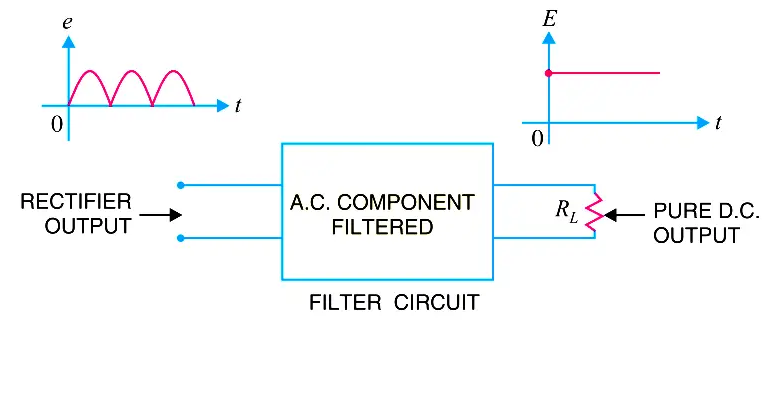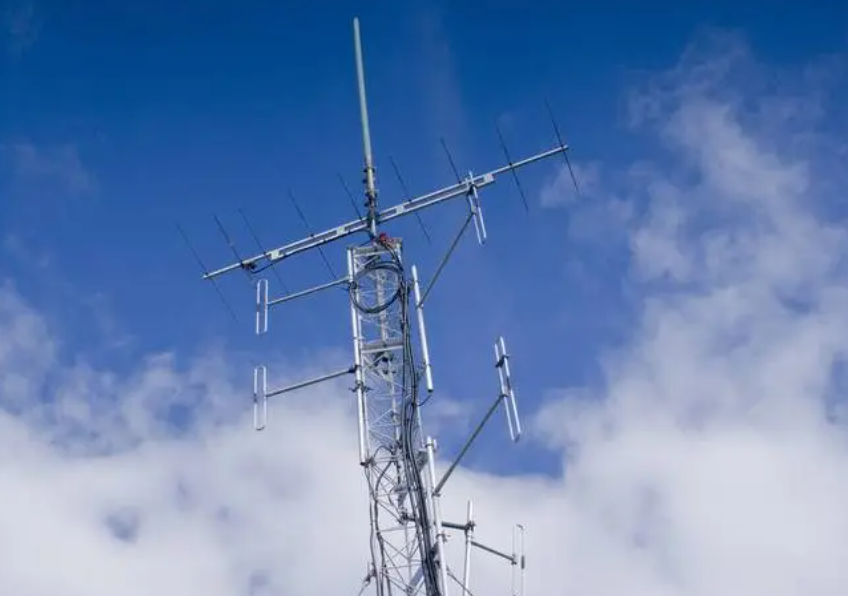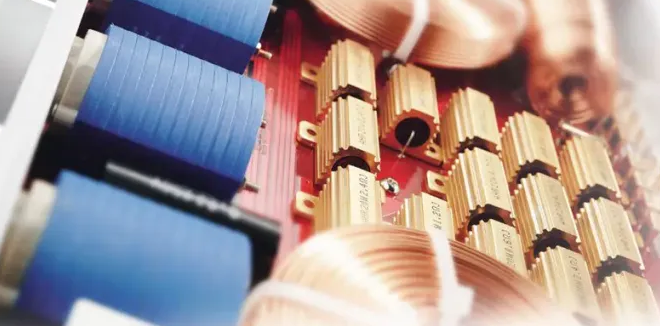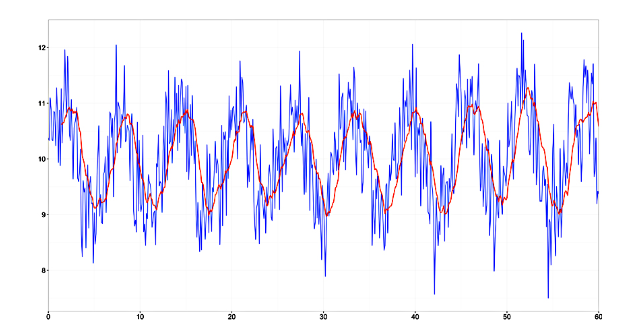OUTLINE:
Understanding Electronic Filters
 110
110It's interesting to learn about the different applications for filtering specific frequencies in circuits, such as in high-performance stereo systems and power circuits. Filtering is an essential process in signal processing that enables the extraction of important parts of a signal while removing unwanted parts.

What is a filter
It's clear that filters have many practical applications in various fields of electronics. They can be used to extract important frequencies from signals that also contain undesirable or irrelevant frequencies.
In radio communication, filters are used to enable radio receivers to only "see" the desired signal while rejecting all other signals that have different frequency content. In DC power supplies, filters are used to eliminate undesired high frequencies, such as noise, that are present on AC input lines. Additionally, filters are used on a power supply's output to reduce ripple.

Crossover networks are a type of filter used in audio electronics to channel low-frequency audio to woofers, mid-range frequencies to midrange speakers, and high-frequency sounds to tweeters. Filters are also placed in front of an ADC input to minimize aliasing in analog-to-digital conversion.

Uses of filter
Electronic filters typically use capacitors, inductors, and other electronic components to perform one of three functions: allowing certain electrical frequencies to pass through the filter, blocking certain frequencies from passing through the filter, and completely blocking direct current electrical energy.
Band-pass filters are tuned electronic circuits that allow electrical signals operating at a certain frequency to pass from one region of the circuit to another. If the frequency of an electrical signal is greater than or less than the frequency the band-pass filter is set for, the filter creates electrical impedance that prevents any electrical power from that signal from passing through the band-pass filter.
In contrast, band-stop filters act in an opposite manner, allowing signals with frequencies greater than or less than the band-stop filter's set frequency to pass through while creating electrical impedance that prevents any electrical power from signals with frequencies near the set frequency from passing through.
DC blocker filters are used in some circuits, such as some parts of audio amplification circuits, to block direct current electrical power, which is undesirable. Capacitors and transformers can be employed to block DC power from traveling to another part of the electronic circuit.
How does filter remove noise
Noise reduction plays a crucial role in many different fields, including signal processing, statistics, and information theory, to improve the signal-to-noise ratio (SNR) and enhance data fidelity.
A wide variety of filters have been proposed to address noise reduction, including low-pass filters and high-pass filters. Low-pass filters pass signals with a frequency lower than a certain cut-off frequency and attenuate signals with frequencies higher than the cut-off frequency. High-pass filters, on the other hand, pass signals with a frequency higher than a certain cut-off frequency and attenuate signals with frequencies lower than the cut-off frequency.
Linear filters such as simple moving average (SMA) and non-linear filters such as the median filter can be used depending on the requirement. Other common filters used are the Kalman filter, Recursive Least Square (RLS), Least Mean Square Error (LMS), and Wiener-Kolmogorov Filters.

Noise reduction can be achieved in both the time domain as well as the frequency domain. In the case of the latter, Fourier Transform or Wavelet Transform of the observed signal is obtained and subsequently an appropriate filter is applied.
Filtering noise from signals is essential to improving data fidelity and extracting actionable insights for performance characterization and optimization.
Electronic filters are used to remove or pass certain frequencies in electronic circuits, and they can be designed to perform a variety of functions depending on the specific application. In the case of signal processing, filters can be used to remove noise from signals, which is important for improving data fidelity and extracting useful information.

Disclaimer: The views and opinions expressed by individual authors or forum participants on this website do not represent the views and opinions of Chipsmall, nor do they represent Chipsmall's official policy.

share this blog to:

